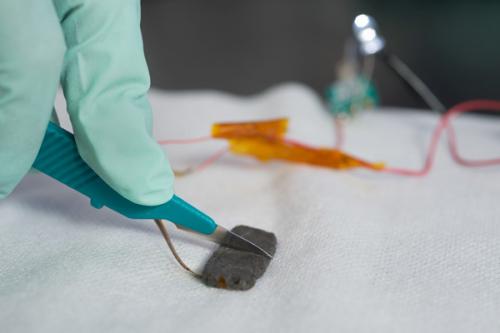
A team of scientist has developed a touch-sensitive plastic “skin” that can heal itself when torn or cut. The discovery could lead to smarter prosthetic or resilient personal electronics with an ability to repair itself.
Real biological skin does have some apparent amazing features as it can detect touch and is able to heal itself completely. Naturally, researchers want to re-create a synthetic material just as capable. A team of researchers at Stanford University has made considerable steps in this direction.
They have managed to produce a plastic material using small pieces of nickel making it pressure-sensitive. This plastic material can also heal itself.
To illustrate, the researchers can cut a piece of plastic up to fifty times and when it is then pushed together – they refuse. Each time, the pieces fuse together again and the original plastic piece is almost 100% reverted to how it looked before.
They started with a plastic consisting of long chains of molecules joined by hydrogen bonds. This implies relatively weak attractions between the positively charged region of one atom and the negatively charged region of the next.
“These dynamic bonds allow the material to self-heal,” says Chao Wang, a member of the research team.
to this resilient polymer, they then added tiny particles of nickel, which increased its mechanical strength. The nanoscale surfaces of the nickel particles are rough, which proved important in making the material conductive.
The team’s goal to also to make the material stretchy and transparent, so that it might be suitable for wrapping and overlaying electronic devices or display screens.
Abstract
Optical pressure sensors are highly responsive and are unaffected by surrounding parameters such as electronic noise, humidity, temperature etc. A new type of optical pressure sensor is described that demonstrates the stretchability and transparency of a polydimethylsiloxane waveguide, while also serving as a substrate. The pressure sensors are both robust and easy to fabricate over a large area.
_______________
Transparent, Optical, Pressure-Sensitive Artificial Skin for Large-Area Stretchable Electronics
______________________________


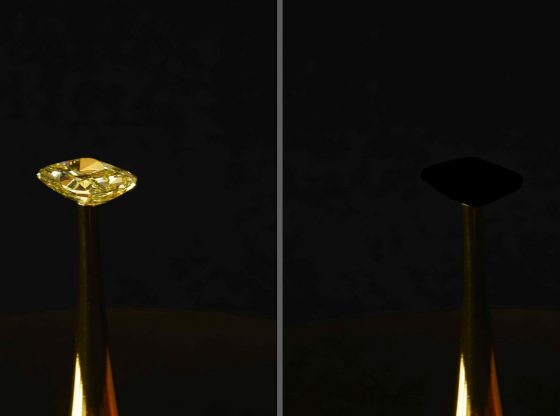
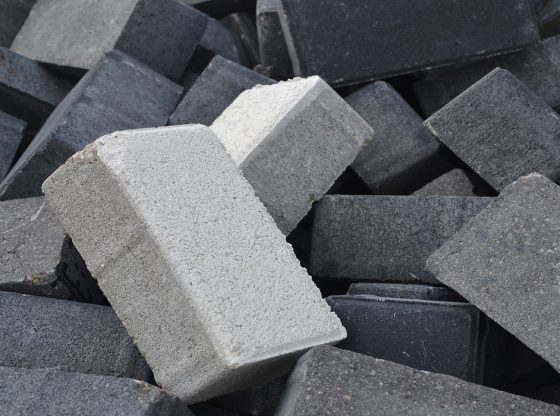
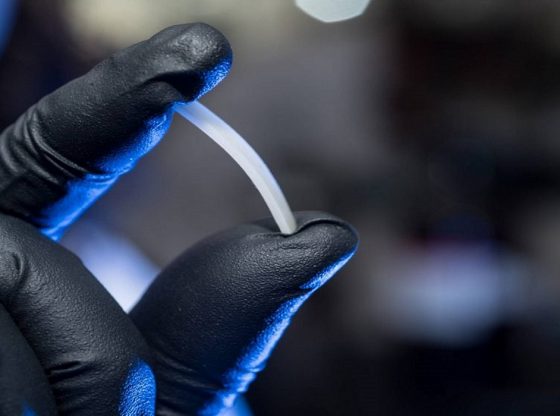

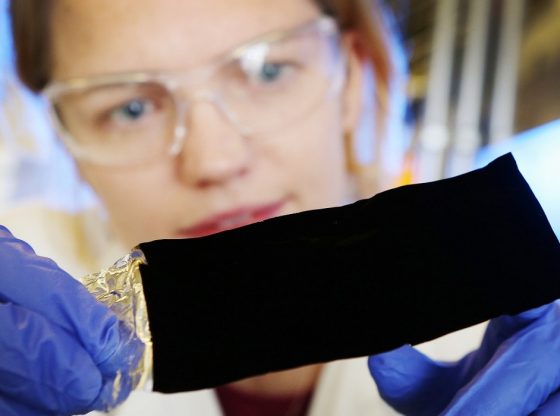
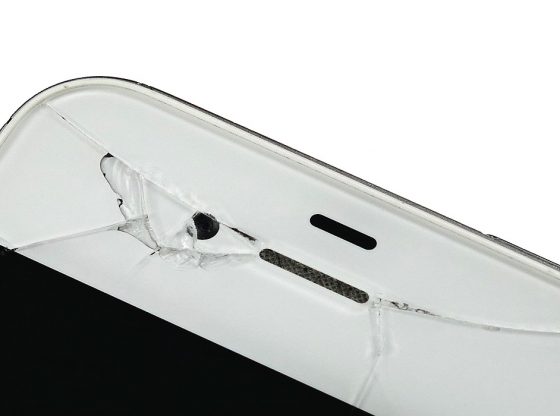
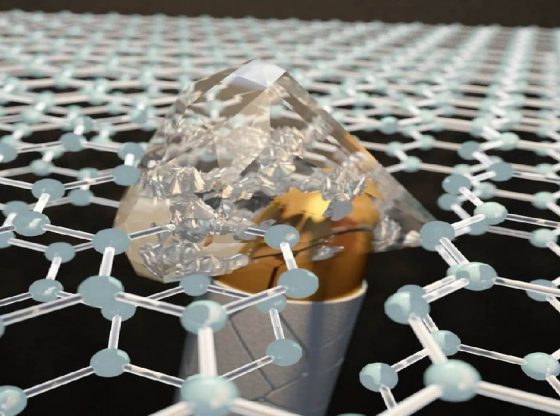
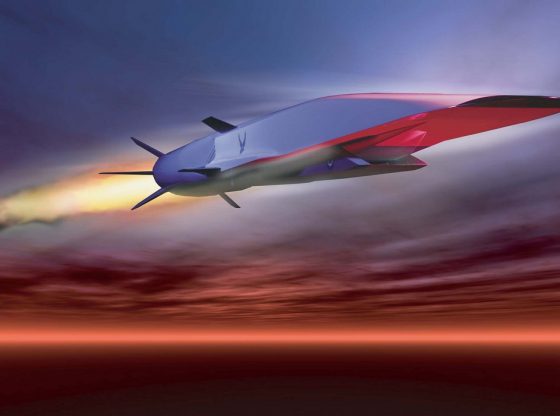

![OpenAI. (2025). ChatGPT [Large language model]. https://chatgpt.com](https://www.illustratedcuriosity.com/files/media/55136/b1b0b614-5b72-486c-901d-ff244549d67a-350x260.webp)
![OpenAI. (2025). ChatGPT [Large language model]. https://chatgpt.com](https://www.illustratedcuriosity.com/files/media/55124/79bc18fa-f616-4951-856f-cc724ad5d497-350x260.webp)
![OpenAI. (2025). ChatGPT [Large language model]. https://chatgpt.com](https://www.illustratedcuriosity.com/files/media/55099/2638a982-b4de-4913-8a1c-1479df352bf3-350x260.webp)








